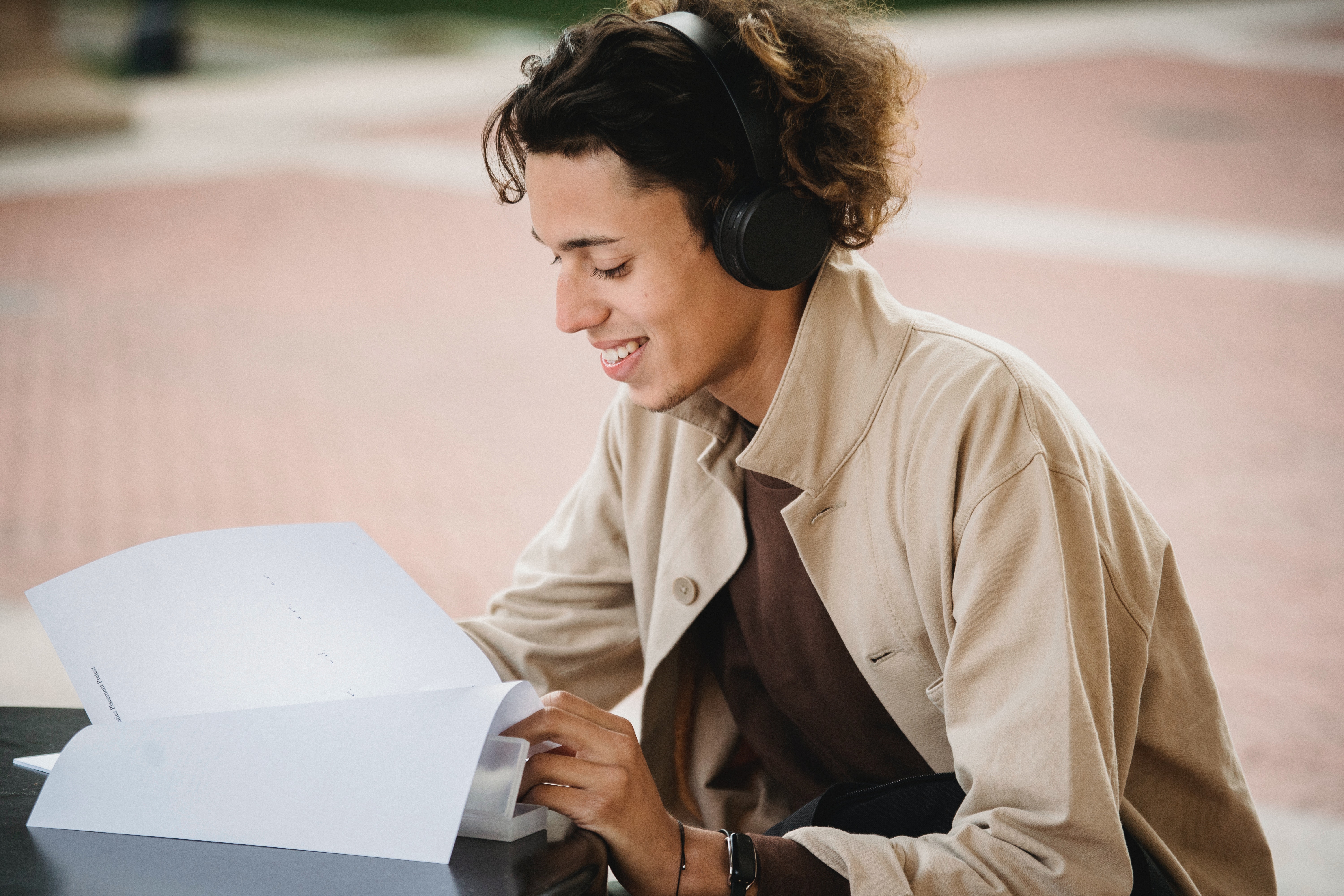
Music and Studying: The Perfect Harmony or a Distraction?
Picture this: You’re sitting down with your textbooks, coffee in hand, and your favorite playlist playing in the background. Does this scenario help you focus, or does it send your mind wandering? The relationship between music and studying has been debated for years. So, does music truly enhance learning, or is it just a background distraction? Let’s find out!
The Science Behind Music and Studying
Music affects the brain in fascinating ways. It can alter mood, enhance concentration, and even improve memory. But not all music is created equal when it comes to studying. Research shows that the right type of music can help students retain information, while the wrong type can be more of a hindrance.
The Benefits of Studying with Music
- Enhances Focus and Productivity
Soft, instrumental music can improve concentration by blocking out distractions, creating a steady rhythm for studying. - Boosts Memory and Retention
Certain types of music, especially classical and ambient sounds, have been linked to better memory recall, helping students absorb and retain information. - Reduces Stress and Anxiety
Studying can be stressful, but calming music can lower stress levels, making it easier to stay focused and relaxed while preparing for exams. - Creates a Positive Learning Atmosphere
Music can make studying more enjoyable, which can increase motivation and help students stay on track for longer periods.
The Downside: When Music Becomes a Distraction
- Lyrics Can Interfere with Reading & Writing
Music with lyrics can compete with the brain’s language-processing abilities, making it harder to focus on reading or writing tasks. - High Tempo Can Overstimulate
Fast-paced music may be too stimulating, making it difficult to concentrate, especially for complex problem-solving tasks. - Personal Preferences Matter
What works for one student may not work for another. Some people find absolute silence more effective than any type of background music.
The Best Types of Music for Studying
If you enjoy studying with music, here are some ideal genres to consider:
- Classical Music – Known as the “Mozart Effect,” classical tunes can enhance cognitive function.
- Lo-fi Beats – These relaxed, repetitive beats provide a smooth background without being distracting.
- Instrumental Movie Soundtracks – Epic but not overwhelming, these can add inspiration to your study sessions.
- Nature Sounds – Gentle rain, ocean waves, or forest sounds create a calming atmosphere without any lyrical interference.
Finding Your Study Groove
The key to making music work for you is experimentation. Try different genres, volumes, and tempos to see what helps you focus best. If music feels distracting, consider using it only for breaks or less cognitively demanding tasks.
Final Thoughts
Music and studying can be a perfect harmony or a major distraction—it all depends on the individual and the type of music chosen. Whether you prefer silence or soft melodies, the most important thing is finding what keeps you engaged and productive. So, plug in your headphones, press play, and discover your ultimate study soundtrack!
Photo by Armin Rimoldi




